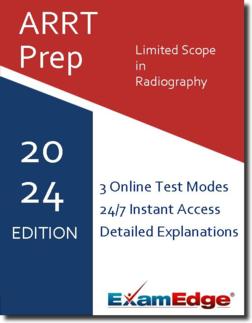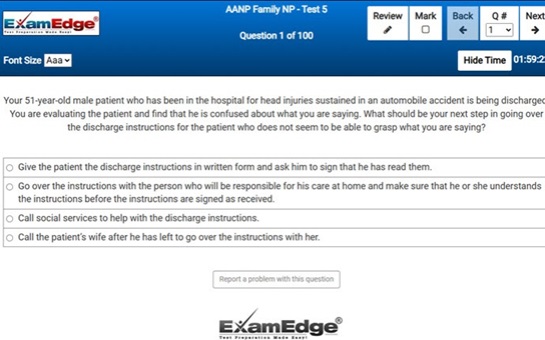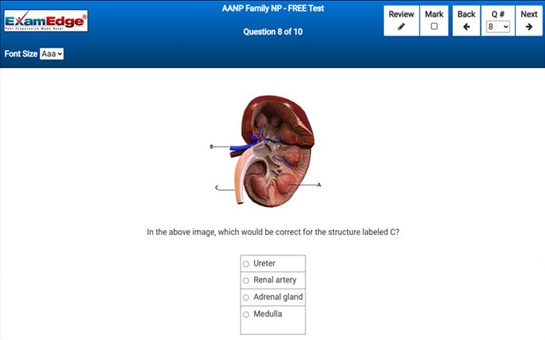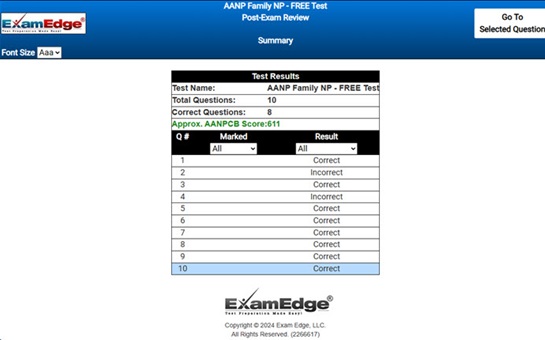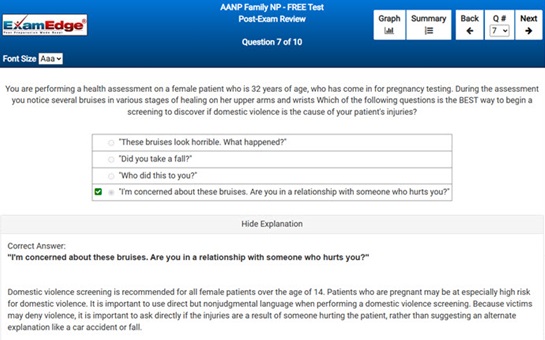ARRT Limited Scope in Radiography (LSPR) Practice Tests & Test Prep by Exam Edge - Topics
Get Instant Online Access Now!
** Sample images, content may not apply to your exam **
Understanding what is on the ARRT Limited Scope in Radiography exam is crucial step in preparing for the exam. You will need to have an understanding of the testing domain (topics covered) to be sure you are studing the correct information.
- Directs your study efforts toward the most relevant areas.
- Ensures efficient and adequate preparation.
- Helps identify strengths and weaknesses.
- Allows for a focused approach to address gaps in understanding.
- Aligns your preparation with the exam's expectations.
- Increases the likelihood of success.
- Keeps you informed about your field's current demands and standards.
Select Your Test Bundle
Excellent
ARRT Limited Scope in Radiography (LSPR) Shortcuts
General Exam Info
Exam Topics
Features
Study Plan Tips
Test Reviews
Why Exam Edge?
FAQ
Related Blogs
Take a FREE Test
Understanding the exact breakdown of the ARRT Limited Scope of Practice in Radiography test will help you know what to expect and how to most effectively prepare. The ARRT Limited Scope of Practice in Radiography has multiple-choice questions The exam will be broken down into the sections below:
| ARRT Limited Scope of Practice in Radiography Exam Blueprint | ||
|---|---|---|
| Domain Name | % | Number of Questions |
| Radiation Protection | 22.5% | 23 |
| Equipment Operation and Quality Control | 11.0% | 11 |
| Image Acquisition and Evaluation | 22.5% | 23 |
| Image Procedures | 29% | 29 |
| Patient Care and Education | 15.0% | 15 |
ARRT Limited Scope of Practice in Radiography - Exam Topics Sample Questions
|
|
|
|

